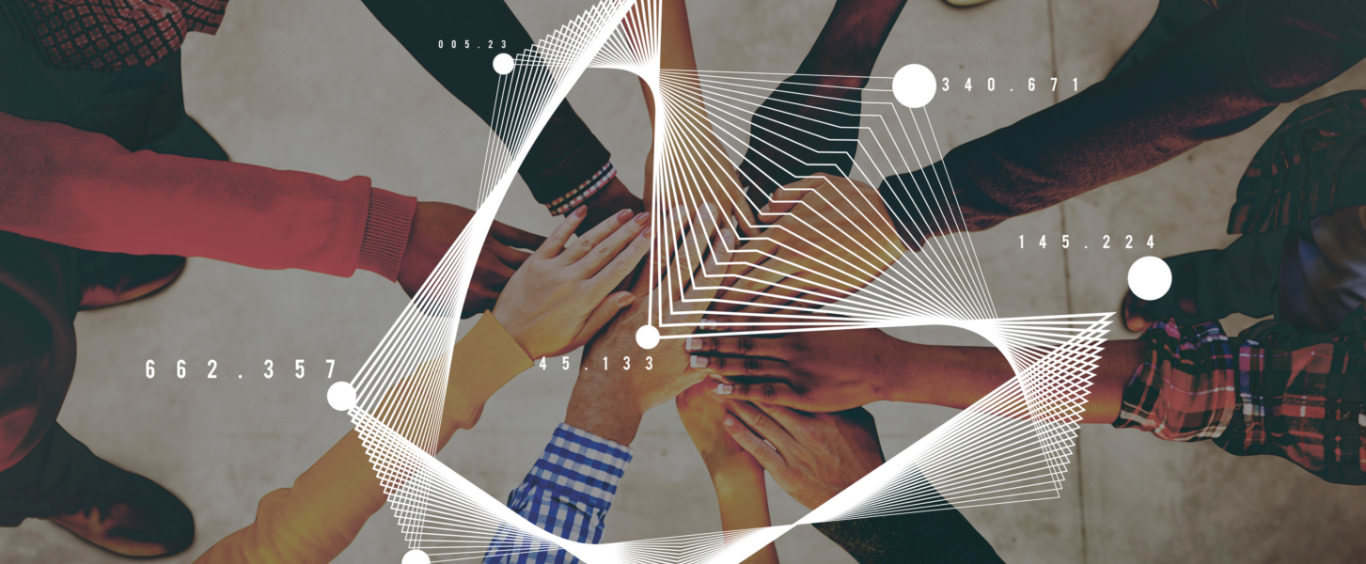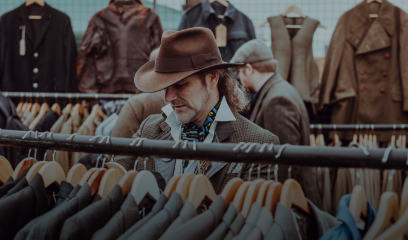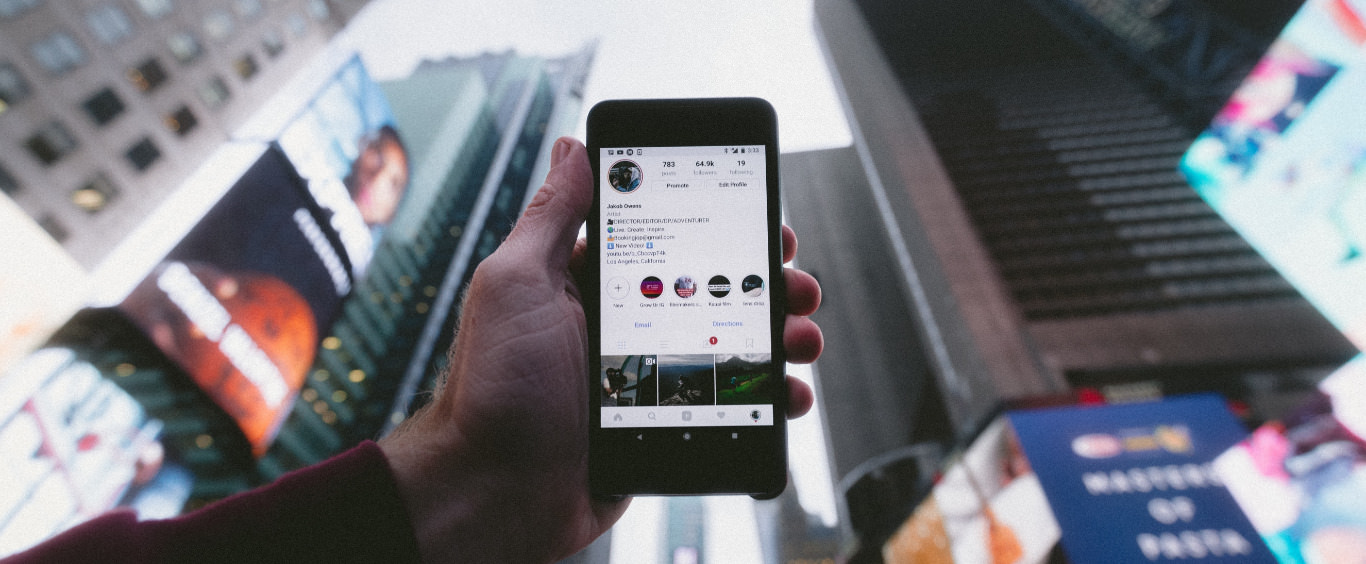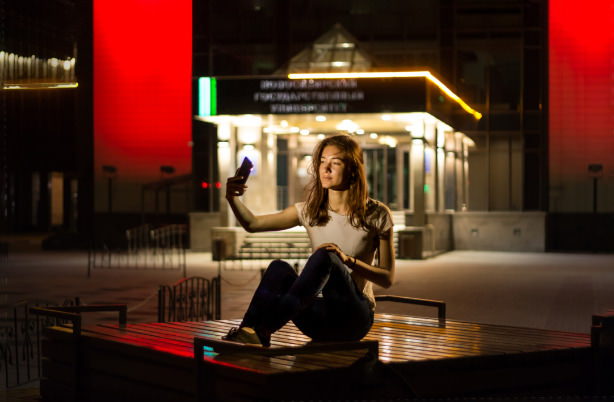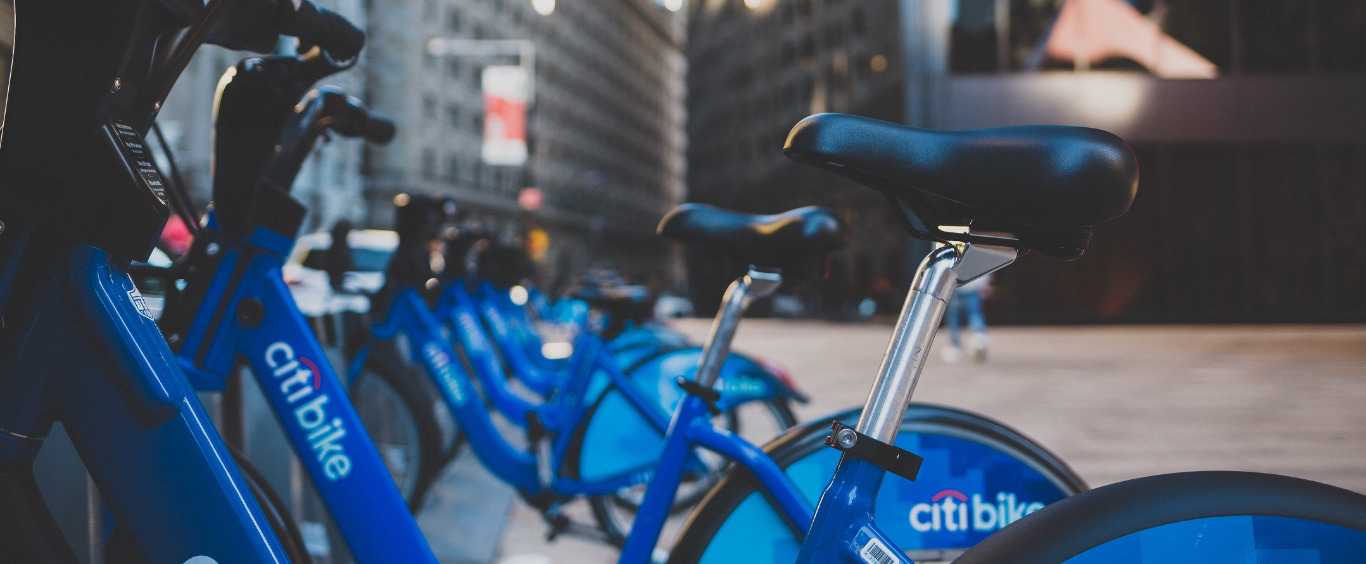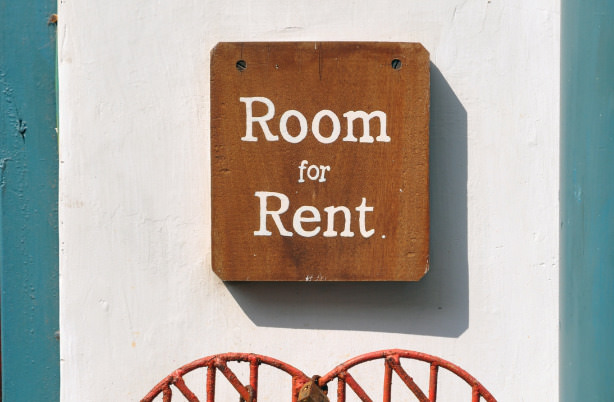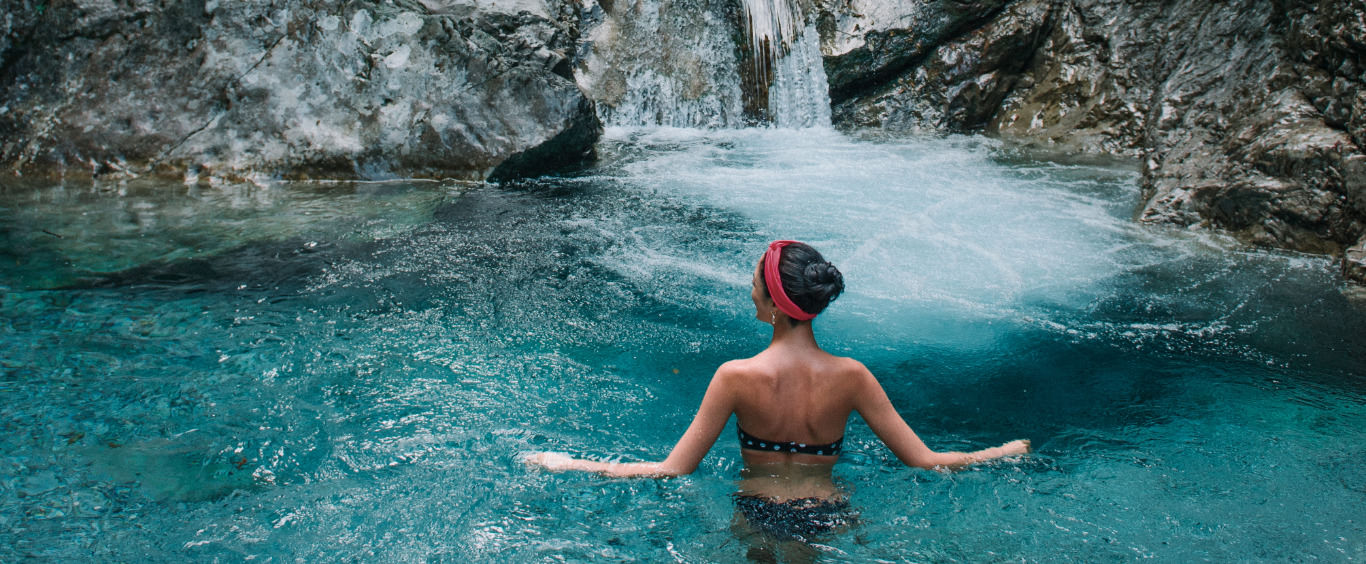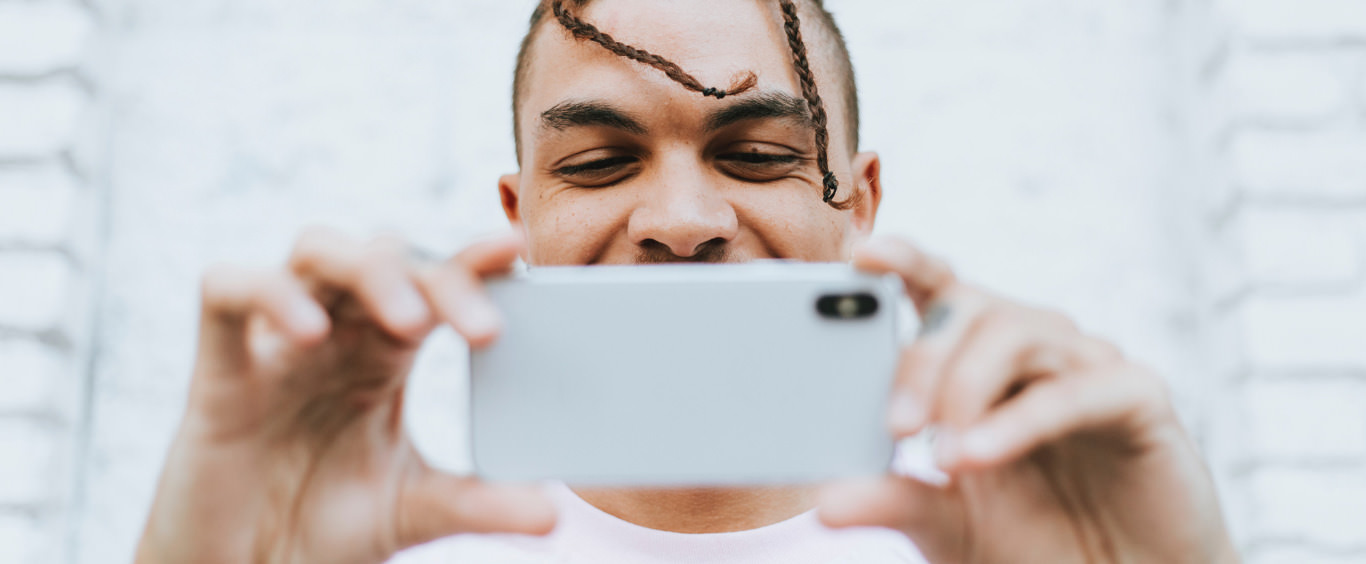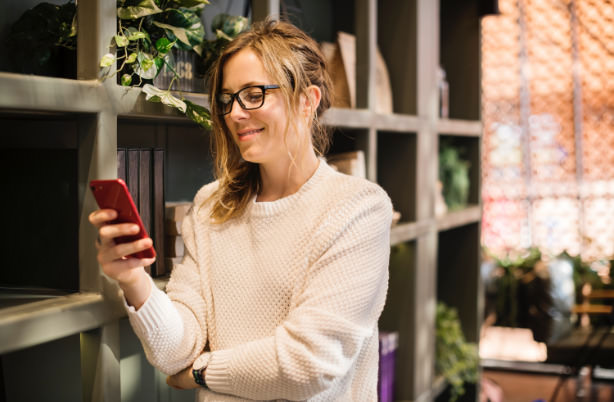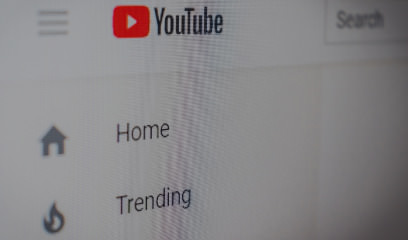CREATIVE BRIEF
Supercharge your creative brief with consumer insight
Bring inspiration to your creative brief with video-based insights to energize and focus your creative teams.
How the process works
- Identify key topics to investigate in the study
- Work with our Research Managers to develop a research protocol to explore consumers’ points of view on key topics
- Recruit audience segments (e.g. Loyalists, Casuals, Lapsed)
- Use mindswarms remote video capture to have participants provide insight on their perceptions of brands, their views on culture, their reactions to existing comms assets and more
Methods used
Exploration of consumer perceptions of:
- The cultural landscape
- The category the brand/product operates in
- Product landscape (positioning, features, uniqueness)
- Advertising landscape (likes/dislikes, emotion, USP) • Your brand (awareness, associations, preference, purchase)
Timing and cost
- Creative Brief projects can take from one to two weeks or more to complete, depending on study complexity
- Typical projects involve 15-30 participants
- Fees including screener development, study management, recruiting, hand-selecting the best candidates, QA of videos, respondent incentives, and transcripts @$500/person for US respondents, and $1,000/person for international markets
- Fees for optional analysis start at $7,500 for a report on a 15 person study, and $12,500 for a 30 person study
- Fees for optional edited video start at $5,000 for a 90-120 second highlight reel with title cards and music (B roll and motion graphics are extra)
Deliverable
Example: 20 participants each answer 10 questions using the video on their smartphone or laptop. That produces 200 x 1 minute video clips and corresponding transcripts (both Google Speech, and a parallel service that includes a human’s eyes to capture important nuances).
All delivered via a cloud-based link that is shareable, and assets that can be downloaded (videos in MP4 format) to be used to bring the insights to life for presentations, and highly engage audiences.
By Tom Bassett


